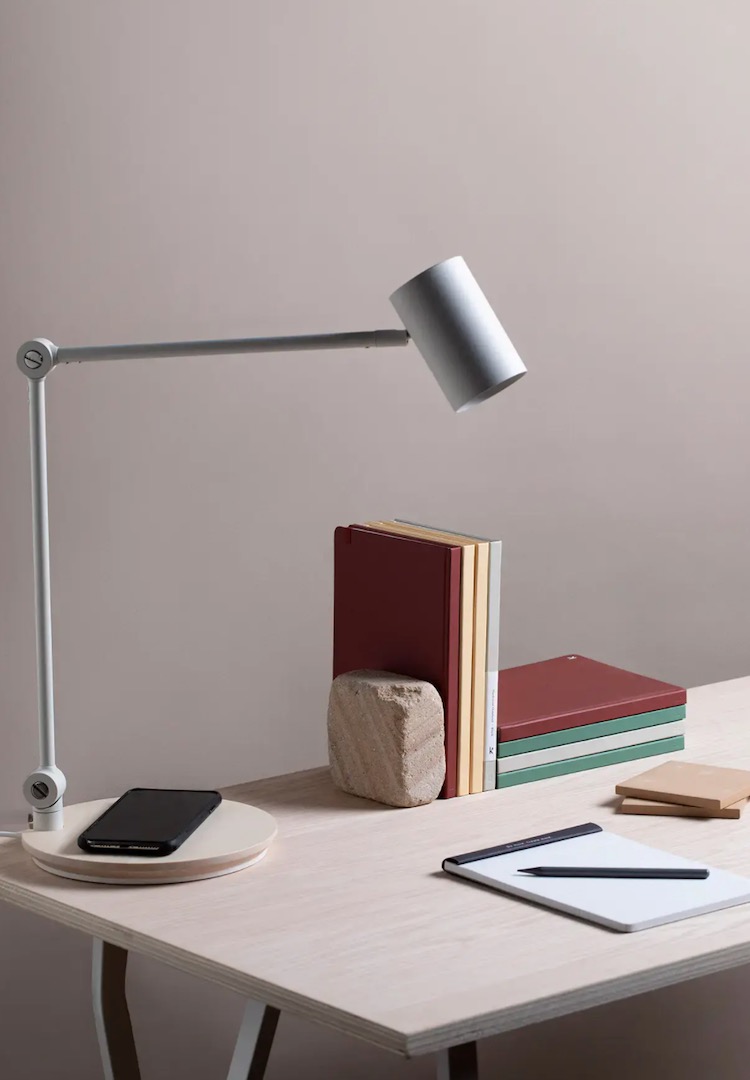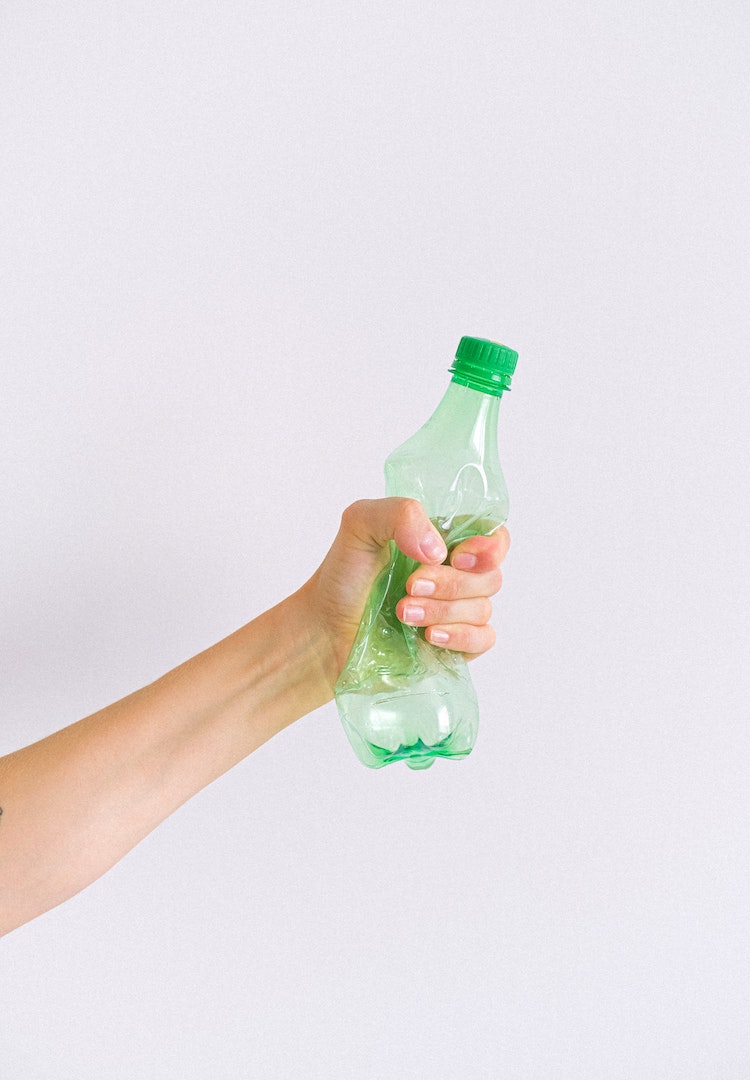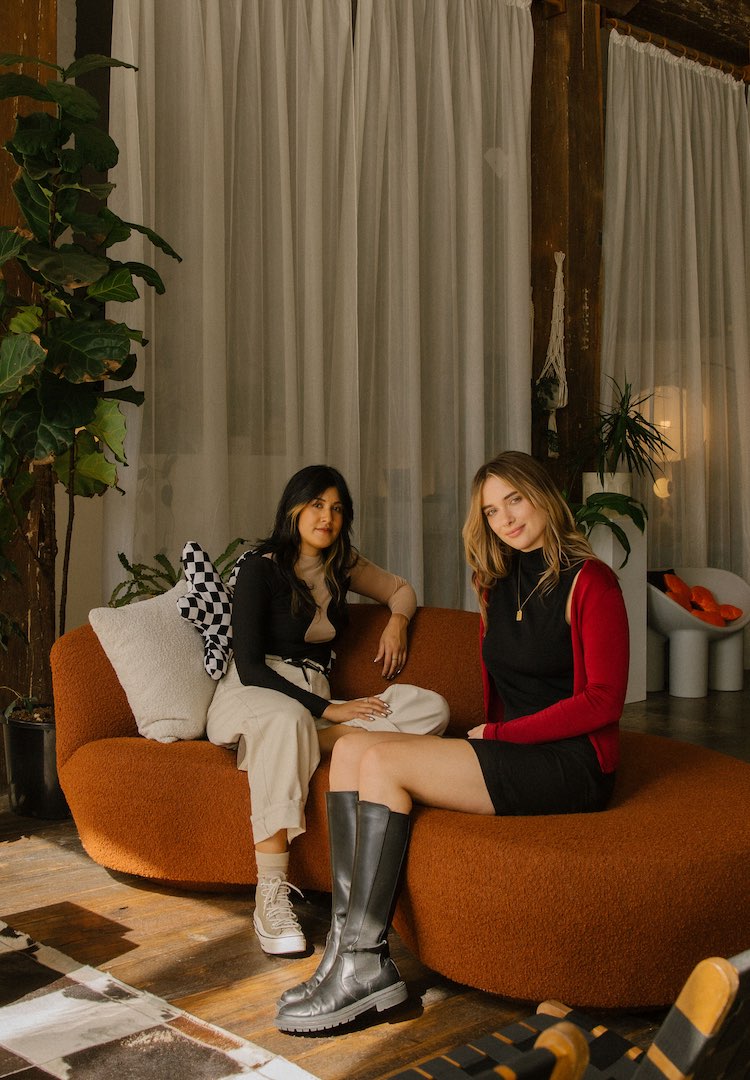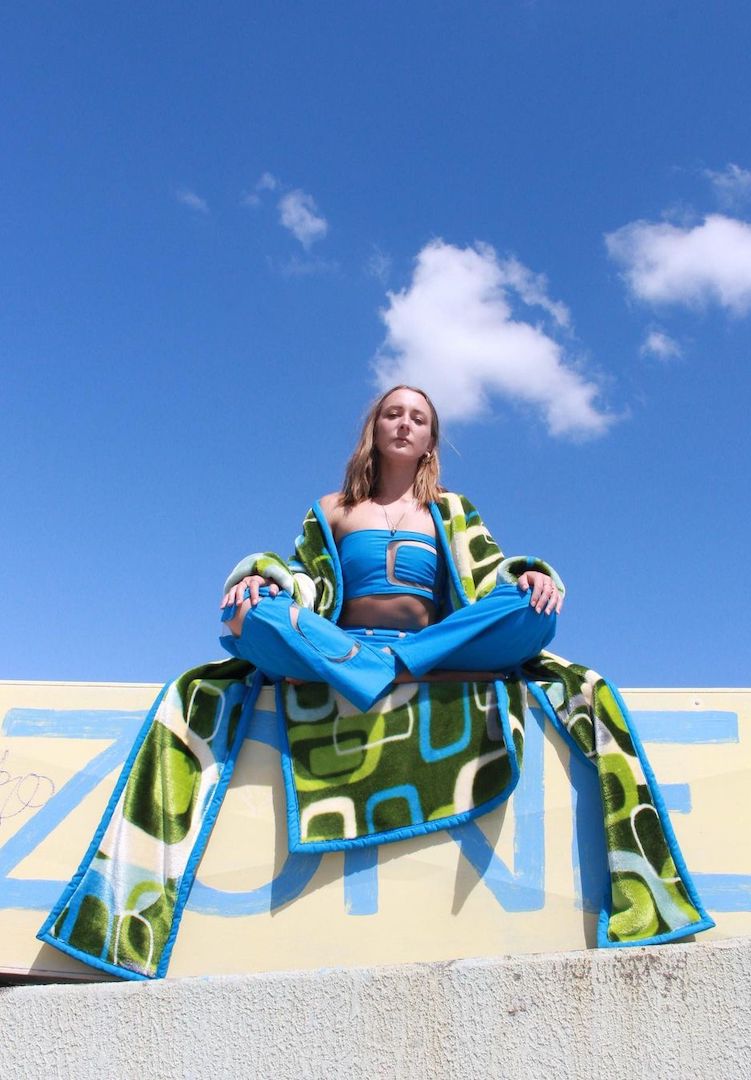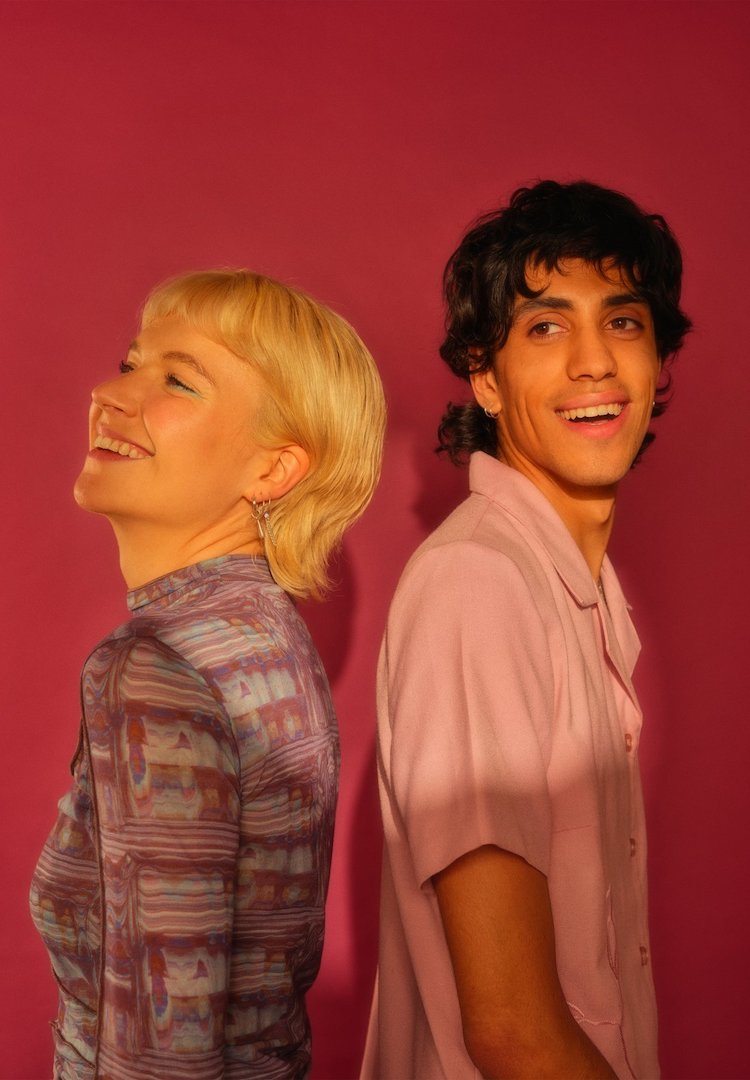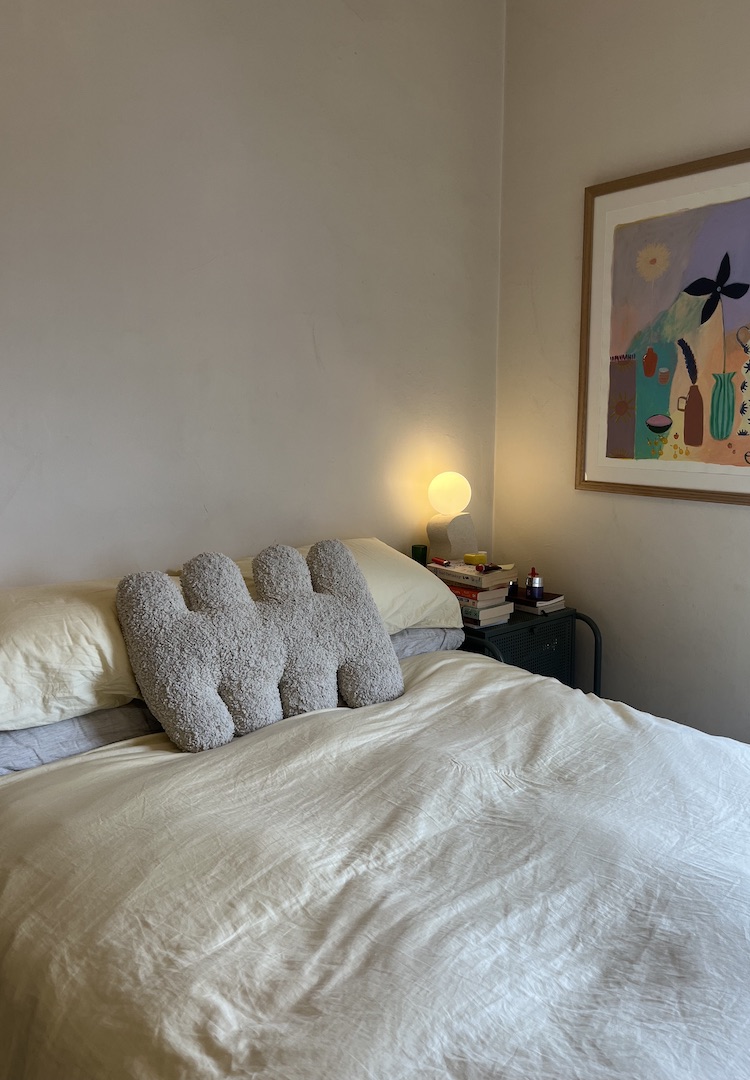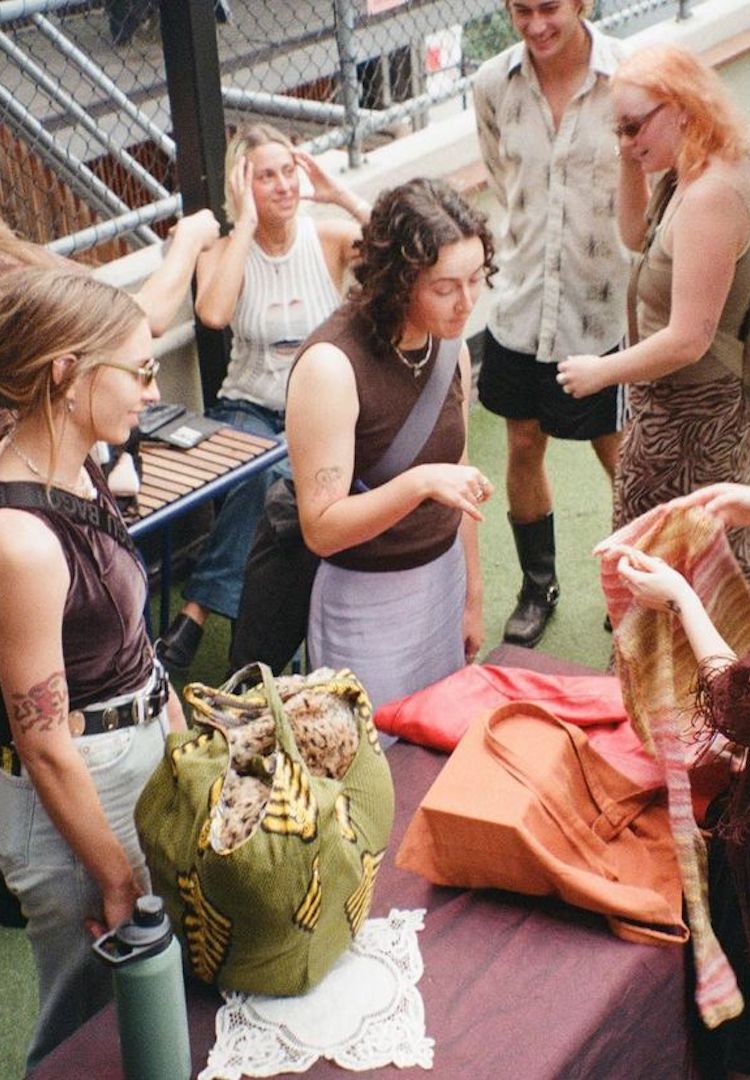I tried going a week without single-use plastics
WORDS BY SOHANI GOONETILLAKE
“While the modern day eco warrior is busy refilling their trendy keep cup and mason jars, those in developing countries have been minimising waste in not-so glamorous ways.”
Single-use plastics are beginning a slow fade out in Australia as we work towards a more sustainable future. With plastic-alternative products on the rise, it got me thinking, is it possible to go a week without using any single-use plastics at all?
Of course, I’m certainly not suggesting that individuals should bear the burden of responsibility when their impact on the environment pales in comparison to big corporations. But I am curious to see how difficult it is to live such a lifestyle.
Interested to hear how others navigate the world? Head to our Life section.
When I first started the challenge, I was optimistic. My Keep Cup and 20 tote bags were at the ready, raring to be reused. But when I stepped into my bathroom to see a plastic toothbrush, plastic tube of toothpaste, plastic shampoo and conditioner bottles, I felt a little wary.
As the week went on, the self-imposed challenge became increasingly mentally taxing. Critically evaluating every decision I made to fight against the endless tide of wrappers, bottles and carry bags gets old fast. Below, I take you through two days out of the week. One was particularly frustrating, while the other was surprisingly eye-opening.
9.00AM: ‘I’m just a girl, standing in front of an avocado, asking it to not make me feel guilty for craving smashed avo on toast’, I thought, as I stared at a plastic mesh produce bag of ‘the odd bunch’ of Hass avocados at Woolies.
I spent several minutes wondering if it’s more ethical to buy the odd bunch to limit food waste or if I should opt to buy individual Hass avocados to avoid a bag made of plastic. After careful deliberation, I chose one Hass avocado. The shopping list of items I needed for the week was long but I left Woolies hangry with only one avocado rolling around in my tote bag.
9.49AM: What started as a simple, slow Sunday morning turned into a mad rush to get to the nearest farmers’ market to buy grocery items for the week sans the plastic packaging. The Victorian Farmers’ Market Association posts every week to let their followers know which farmers’ markets are on for the week, so I headed to the nearest one.
11.03AM: I was pleasantly surprised and relieved by all the alternatives to plastic packaging they had at the market. I bought essentials like bread and butter as well as reusable items such as beeswax wraps from Wondermazing Honeybees and refillable household cleaning products from Roving Refills. It was definitely more inconvenient for me to go to the market, but the small businesses and fresh products do make the trek worth it.
1.07PM: In news that would surprise no one that knows me well, I was late to meet my friends. I’m sorry girls, I was too busy saving the world. This was by far the most stressful day of the experiment. The following days weren’t as stressful because I was prepared.
I went to bulk food stores such as Gram Sustainable, Naked Foods and The Source Bulk Foods with mason jars and Tupperware. I had so much fun browsing all the items and I particularly appreciated that I was able to only take the amount I needed because nothing was pre-packaged.
Confronting my privilege
I was so proud of my progress and the habits I was creating until the penultimate day of the challenge came around, and I visited my parents.
10.11AM: I excitedly brought bags of the refillable items I had purchased to do an exclusive show-and-tell type presentation for my mother. While I put all my new finds on the kitchen counter, I noticed things I would have otherwise taken for granted if I wasn’t doing this challenge.
My parents are masters in repurposing the most random items. To my left was a household bin that was formerly a KFC bucket. And its liner? Not a garbage bag, but an old plastic bag from a store I didn’t recognise.
On the window sill were ice cream and yoghurt tubs that my mum reused as herb planters and containers. Next to them was their go-to watering can, a two-litre milk bottle. The kitchen counter had many random jars and containers, my personal favourite being the giant Milo tins doubling as airtight Tupperware containers. I could go on but you get the idea.
If you have immigrant parents, you might have noticed these kinds of unusual sustainable practices. A common occurrence is the disappointment one experiences when opening a Royal Dansk biscuit tin emblazoned with an image of sugary butter cookies only to find sewing materials inside.
10.30AM: My mother went through all the items I had brought to show her with intrigue. I realised then how incredibly privileged I am to be able to do this challenge. Living plastic-free is not possible for everyone, and I am lucky to have the financial means to afford good-quality reusable items and fresh produce and live in a place where I can access these items in the first place.
While the modern-day eco-warrior is busy refilling her trendy Keep Cups and mason jars and styling her outfits with a matching tote bag, those in developing countries have been minimising waste in not-so-glamorous ways, just like my parents.
My mum and dad had to make do with the limited resources they had and they carry the same sustainable practices with them today – despite being far better off – because they’re just cool like that. They have taught me to practice sustainability by honouring the abundance of what we already have, not the lack of it.
When the self-imposed challenge came to an end, I was immensely relieved. I will continue to implement sustainable practices into my routine, but I will not be as pedantic as I was during this week. That means making an effort to go to the farmers’ markets and bulk food stores when I can. But is it worse for the environment to drive to a market than walk to my local Woolies? Here we go again.
Curious about how other people live plastic-free? Head here.

